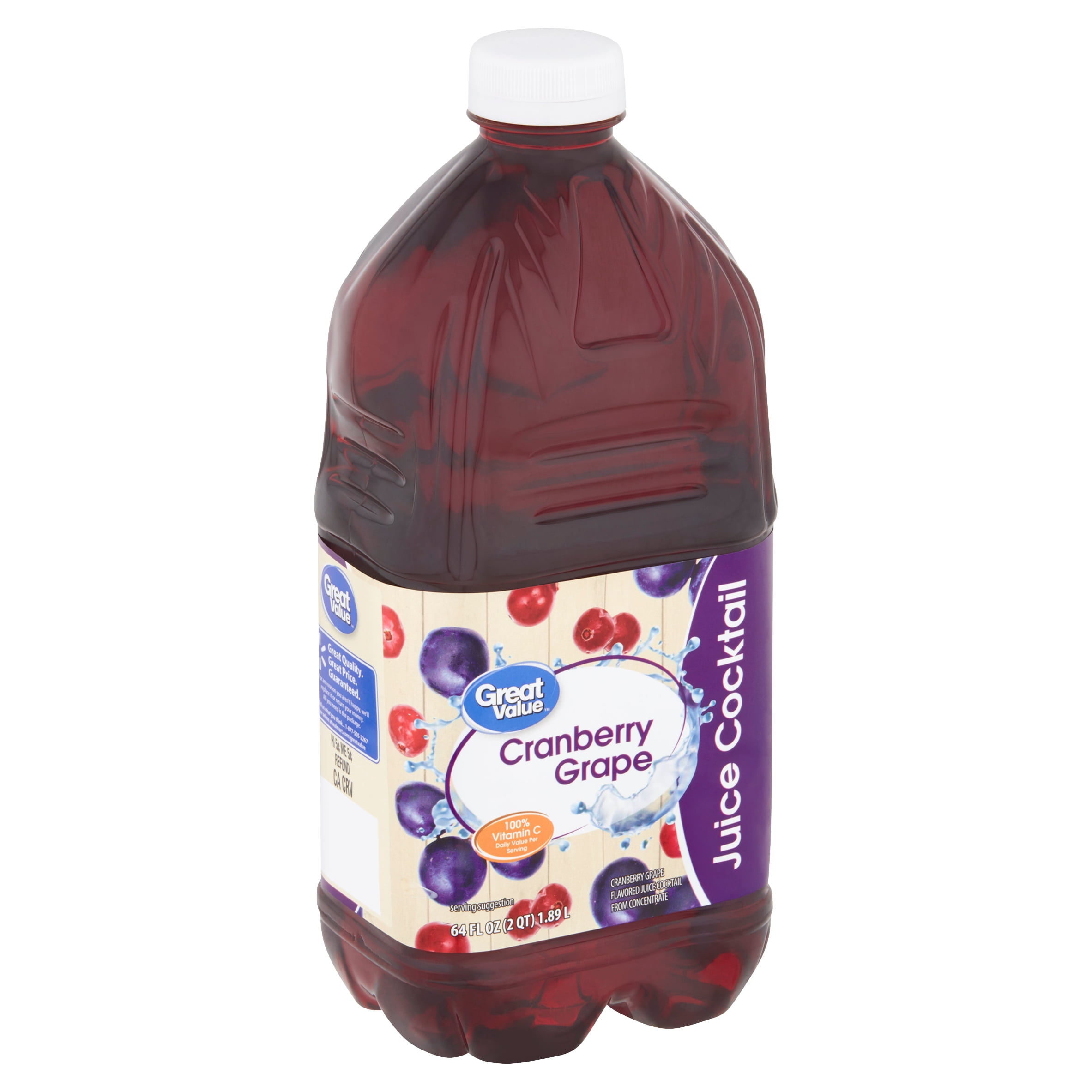

“Five of the juices we tested pose a risk to adults at 4 or more ounces per day, and five others pose a risk at 8 or more ounces,” Dickerson says. “There is so much development happening in their first years of life.”īut heavy metals can harm adults, too. “Exposure to these metals early on can affect their whole life trajectory,” says Jennifer Lowry, M.D., chairperson of the American Academy of Pediatrics’ Council on Environmental Health, as well as director of clinical pharmacology, toxicology, and therapeutic innovations at Children’s Mercy Kansas City.

In 74 percent of those cases, kids drink juice once a day or more.Ĭhildren are particularly vulnerable to the harmful effects of heavy metals. More than 80 percent of parents of children age 3 and younger give their kids fruit juice at least sometimes, according to a recent national Consumer Reports survey of 3,002 parents. (2014).Our test focused on cadmium, lead, mercury, and inorganic arsenic (the type most harmful to health) because they pose some of the greatest risks, and prior research suggests they are common in food and drink.Īnd Americans, especially the nation’s children, drink a lot of juice.

Nutrition problems and their solutions.Effect of age on fructose malabsorption in childrenpresenting with gastrointestinal symptoms. What are the signs of infant constipation? And what’s the best wayto treat it? Clinical practice guidelines for pediatric constipation. Randomized clinical trial: Dried plums (prunes) vs. You can learn more about how we ensure our content is accurate and current by reading our editorial policy. Healthline has strict sourcing guidelines and relies on peer-reviewed studies, academic research institutions, and medical associations. It’s best to stay away from carbonated drinks until your constipation clears up. Other beverages that may help include coffee, teas, and warm or hot fluids in general. You may also get some relief from mixing a squeeze of lemon juice into a glass of warm water. Pear juice isn’t as rich in vitamins as prune juice, but many kids prefer its flavor. This juice is also often recommended for children who have bouts of constipation. It becomes firmer and more difficult to pass, making it a better choice after episodes of diarrhea.Īnother great option is pear juice, which contains four times more sorbitol than apple juice. Pectin is a substance that will add bulk to your stool. Applesauce contains a higher level of pectin than apple juice. You might think that eating applesauce would help constipation, but that’s not the case. It’s often recommended for children who have constipation because it has a relatively high ratio of fructose to glucose and sorbitol content.īut for this reason, it may also cause intestinal discomfort in large doses. In fact, one 2011 study suggests that prunes should be considered a first-line therapy when dealing with mild to moderate constipation.Īpple juice may provide you with a very gentle laxative effect. Prune juice is also a good source of vitamin C and iron.Įating dried plums or prunes is another way to ward off constipation. While the fiber may bulk up your stools, the sorbitol in the prune juice helps soften them, making them easier to pass. That’s about 10 percent of your daily requirement. Each 8-ounce glass contains about 2.6 grams of fiber. The most popular juice to relieve constipation is prune juice. In general, aim to drink eight or more cups of liquid each day to help stay regular.
#Cranberry apple grape juice full#
If you decide to try drinking juice to relieve constipation, keep in mind that a small amount of juice may be all you need.įor best results, the Cleveland Clinic recommends adults drink just a half to a full cup of juice, once per day, preferably in the morning.


 0 kommentar(er)
0 kommentar(er)
